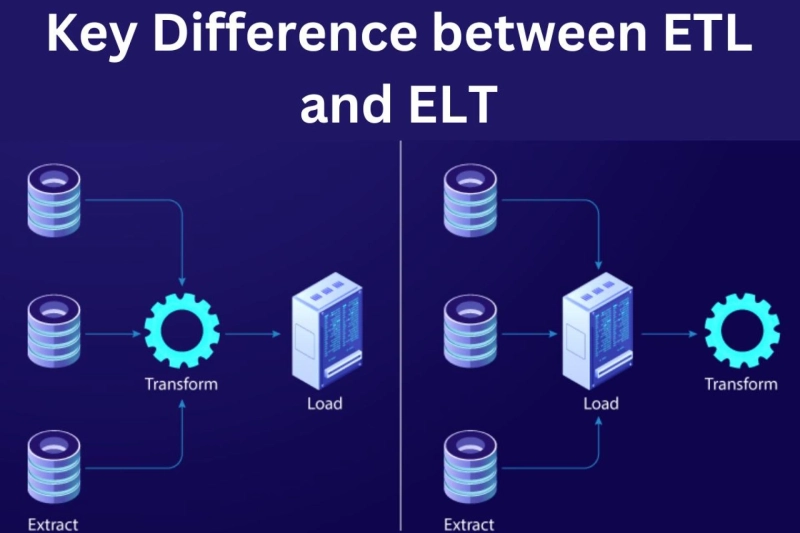Introduction:
In the dynamic landscape of data integration, two methodologies take center stage—ETL (Extract, Transform, Load) and ELT (Extract, Load, Transform). While both serve the common goal of moving and transforming data, their operational sequences and implications differ significantly. Let's delve into the key distinctions between ETL and ELT to illuminate their unique roles in the data integration ecosystem.
1. Operational Sequence:
ETL:
Sequential Process: ETL follows a sequential process where data is first extracted from source systems, then transformed according to predefined rules, and finally loaded into the target data warehouse.Data Transformation at Staging: Transformation occurs at an intermediary staging area before data is loaded into the target system.
ELT:
Parallel Process: ELT, on the other hand, extracts data first, loads it directly into the target data warehouse, and then performs transformations within the destination system.Transformations in the Data Warehouse: Transformation processes take place within the data warehouse, leveraging its processing power.
2. Data Storage:
ETL:
Staging Area Storage: ETL often involves the use of a staging area to temporarily store data before it undergoes transformation.Normalized Data Storage: Transformed data is usually stored in a normalized form in the target data warehouse.
ELT:
Direct Storage: ELT bypasses the need for a staging area, storing data directly in the destination data warehouse.Denormalized Data Storage: ELT may result in storing denormalized data in the data warehouse, allowing for faster query performance.
3. Scalability:
ETL:
Scaling Challenges: ETL processes may face scalability challenges, especially when dealing with large volumes of data.Dependency on ETL Server: Scaling often involves scaling up the ETL server's resources, which may have limitations.
ELT:
Horizontal Scalability: ELT processes can leverage the scalability of modern data warehouses, which are designed for horizontal scalability.Cloud-based Scalability: ELT in cloud environments allows for easy scalability by leveraging cloud resources.
4. Data Integration Timing:
ETL:
Batch Processing: ETL processes typically involve batch processing, where data is collected over a period and processed in scheduled batches.Scheduled Data Transformation: Transformation tasks are performed at predetermined intervals.
ELT:
Real-time or Near-real-time Processing: ELT supports real-time or near-real-time processing as transformations occur within the data warehouse.Continuous Data Integration: Data can be loaded and transformed as soon as it becomes available, enabling more timely insights.
5. Use Cases:
ETL:
Legacy Systems Integration: ETL is often preferred for integrating data from legacy systems into modern data warehouses.Data Warehousing: Commonly used in traditional data warehousing scenarios with structured data.
ELT:
Modern Data Warehousing: ELT is well-suited for modern data warehousing solutions, especially those based in the cloud.Big Data and Unstructured Data: Ideal for handling big data and unstructured data where data transformations are performed within the data warehouse.
Conclusion:
In the realm of data integration, the choice between ETL and ELT is not one-size-fits-all. Each methodology brings its own strengths to the table, catering to different use cases and operational requirements. Understanding the key differences between ETL and ELT is crucial for organizations seeking to optimize their data integration processes and leverage the full potential of their data. Whether your focus is on legacy system integration, real-time processing, or scalable cloud-based solutions, the choice between ETL and ELT shapes the efficiency and agility of your data integration strategy.


